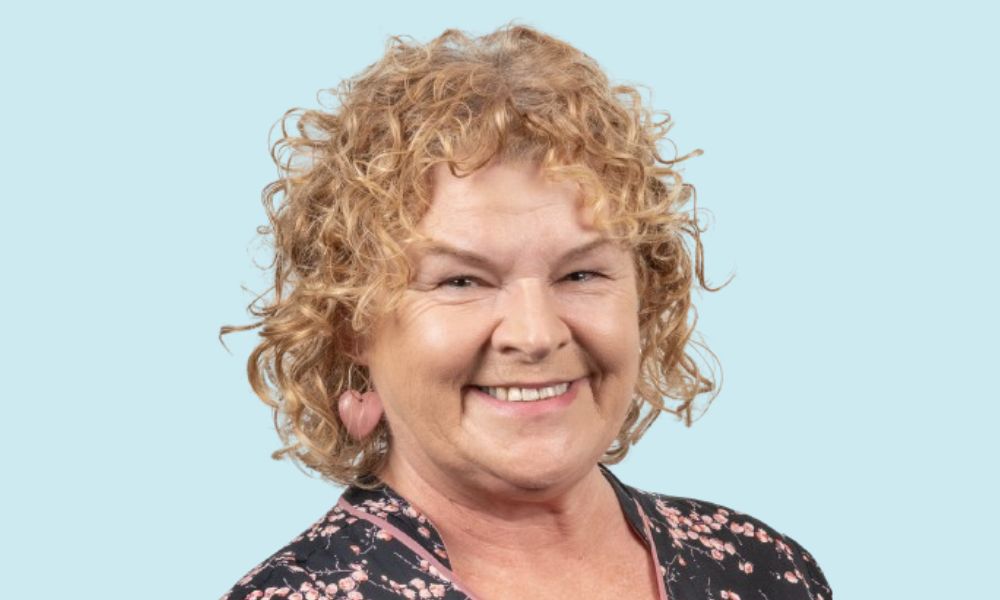Canterbury earthquakes: “I completely disagree,” says surveyor

Canterbury earthquakes: “I completely disagree,” says surveyor | Insurance Business New Zealand
Technology
Canterbury earthquakes: “I completely disagree,” says surveyor
EQC responds to “faulty assessment methodology” concerns
Technology
By
Daniel Wood
Last week, Insurance Business published an interview with former Insurance Council of New Zealand Te Kāhui Inihua o Aotearoa (ICNZ) CEO Tim Grafton about the 2010-11 Canterbury earthquakes. IB asked Grafton about outstanding claims.
“There are still a few hundred properties unsettled,” he said. “What’s happened there, is that claims have been reopened.”
“Totally and utterly inadequate and incorrect assessments by EQC”
Adrian Cowie reached out to IB to dispute Grafton’s assessment. Cowie, director of Topografo, a surveying and civil engineering consultancy, said Grafton’s statements in the article “are not correct.” The unsettled claims, he said, are “not just with new owners re-opening old claims.”
“I am an expert working here in Canterbury and have clients that owned the property at the time of the earthquakes who are still [Cowie’s underlining] dealing with their insurer,” he said.
In his experience, he said, these cases predominantly concern EQC and Southern Response.
Cowie blamed the many years of delay on “the totally and utterly inadequate and incorrect assessments by EQC.” He said these repairs were not completed to any repair standard.
“They [EQC] have used unqualified people, who simply have not assessed the properties fully or correctly.”
He said this “systemic faulty assessment methodology” continues to this day because the EQC has made insurers agree to its assessment manual “which encourages insurers to use assessors who are not experts in measurement – so I expect problems to occur in the next big earthquake similar to Canterbury.”
“I completely disagree with that,” said Cowie. “I deal with inaccurate and erroneous measurement surveys by others on just about every claim I deal with, because the assessor (structural engineer, builder, retired policeman, etc.) does not know how to make accurate measurements.”
He said a Registered Professional Surveyor should be involved in all claims, “so accurate measurements are obtained.”
EQC says “all the original claims are settled”
IB put these concerns to both ICNZ and EQC. EQC Toka Tū Ake’s head of claims, Bernadette McDougall (pictured above) provided a response.
McDougall said out of nearly half a million claims from the Canterbury earthquakes all the original claims are settled.
In terms of the homeowners that Cowie said are “still dealing with their insurer,” McDougall put it this way: “Since 2019, our Canterbury claims programme has received a declining number of enquiries from homeowners seeking to reopen a claim,” she said. “The enquiries, from original and subsequent owners, are mainly querying whether the property has previously missed earthquake damage and the majority of those cases are for damaged drains.”
Natural Disaster Response Model
McDougall said that lessons learned from EQC’s response to the Canterbury earthquakes led to the creation of the Natural Disaster Response Model with private insurers.
“So they would carry out all assessments, as our agents,” she said.
McDougall said this framework means homeowners get one point of contact for all of their insurance claims following a disaster. She said this partnership across the private insurance industry also enabled rapid scaling up in the case of major events, like the Auckland Anniversary floods and Cyclone Gabrielle.
In response to Cowie’s concern that the EQC’s assessment manual says a Registered Professional Surveyor “is rarely required…”, McDougall said this manual is only a guide.
“We rely on the expertise of our insurer partners to determine which type of expert would be most appropriate in the circumstances of the particular claim before them,” she said. “We therefore do not give any specific directive from EQC on which experts to utilise.”
McDougall said “appropriate and relevant experts” include Registered Professional Surveyors.
“We have multiple layers of oversight, reporting and peer review to ensure performance, transparency and accountability,” she said.
What do you think of the EQC guidelines to assess damage from natural disasters? Please tell us below
Related Stories
Keep up with the latest news and events
Join our mailing list, it’s free!






